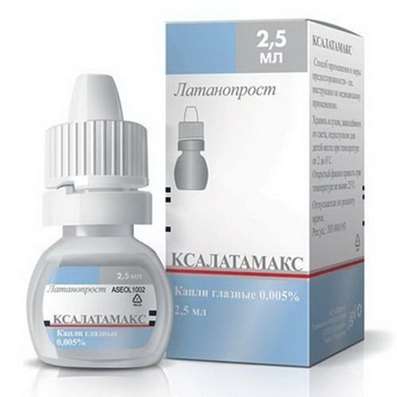GABA - Gamma-aminobutyric acid
25 Jan 2018
GABA - an organic compound, a non-proteinogenic amino acid, the most important inhibitory neurotransmitter of the central nervous system (CNS) of humans and other mammals. Aminobutyric acid is a biogenic substance. Contained in the central nervous system and takes part in the neurotransmitter and metabolic processes in the brain.
Gamma-aminobutyric acid in the body is formed from another amino acid - glutamine with the enzyme glutamate decarboxylase.
γ-Aminobutyric acid performs in the body the function of an inhibitory mediator of the central nervous system. When GABA is released into the synaptic cleft, the activation of the ion channels of GABAA and GABAA receptors results in inhibition of the nerve impulse. GABA receptor ligands are considered as potential agents for the treatment of various disorders of the psyche and central nervous system, which include Parkinson's and Alzheimer's diseases, sleep disorders (insomnia, narcolepsy), epilepsy.
It is established that GABA is the main neurotransmitter involved in the processes of central inhibition.
Under the influence of GABA, the energy processes of the brain are activated, the respiratory activity of the tissues increases, the utilization of glucose by the brain improves, the blood supply improves.
The effect of GABA in the central nervous system is realized through its interaction with specific GABAergic receptors, which are recently divided into GABA- and GABAB receptors, etc. In the mechanism of action of a number of central neurotropic substances (hypnotics, anticonvulsants, convulsants, etc.), their agonistic or antagonistic interaction with GABA receptors. Benzodiazepines potentiate the action of GABA.
The presence of GABA in the central nervous system was discovered in the mid-1950s, and in 1963 it was synthesized. In the late 1960s, under the name "Gamalon", GABA was proposed for use as a medicinal product abroad, then - under the name "Aminalon" - in Russia.
According to experimental data, GABA penetrates badly through the blood-brain barrier when introduced into the body, but there is evidence that GABA is transported to the brain with the help of specific membrane transports GAT2 and BGT-1.
In 2007, the GABAergic system was first described in the epithelium of the respiratory tract. The system is activated under the influence of allergens and can play a role in the mechanisms of asthma.
Another GABAergic system is described in testicles, it can affect the work of Leydig cells.
Researchers at the St. Michael, Toronto, Canada, established in July 2011 that GABA plays a role in preventing and possibly reversing the development of diabetes in mice.
In pharmacology:
Gamma-aminobutyric acid removes excitement and has a calming effect, it can also be taken as a tranquilizer, but without the risk of addiction. This amino acid is used in the complex treatment of epilepsy and hypertension. Since it has a relaxing effect, it is used in the treatment of sexual dysfunction. Excess gamma-aminobutyric acid, however, can increase anxiety, dyspnea, trembling of the limbs.

 Cart
Cart





